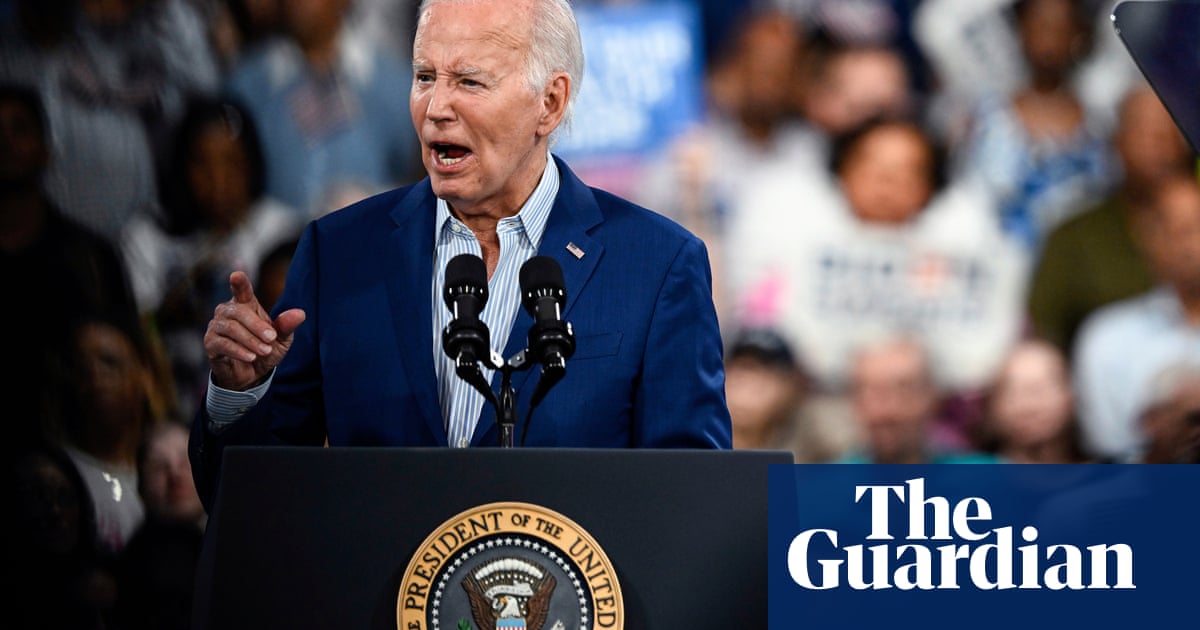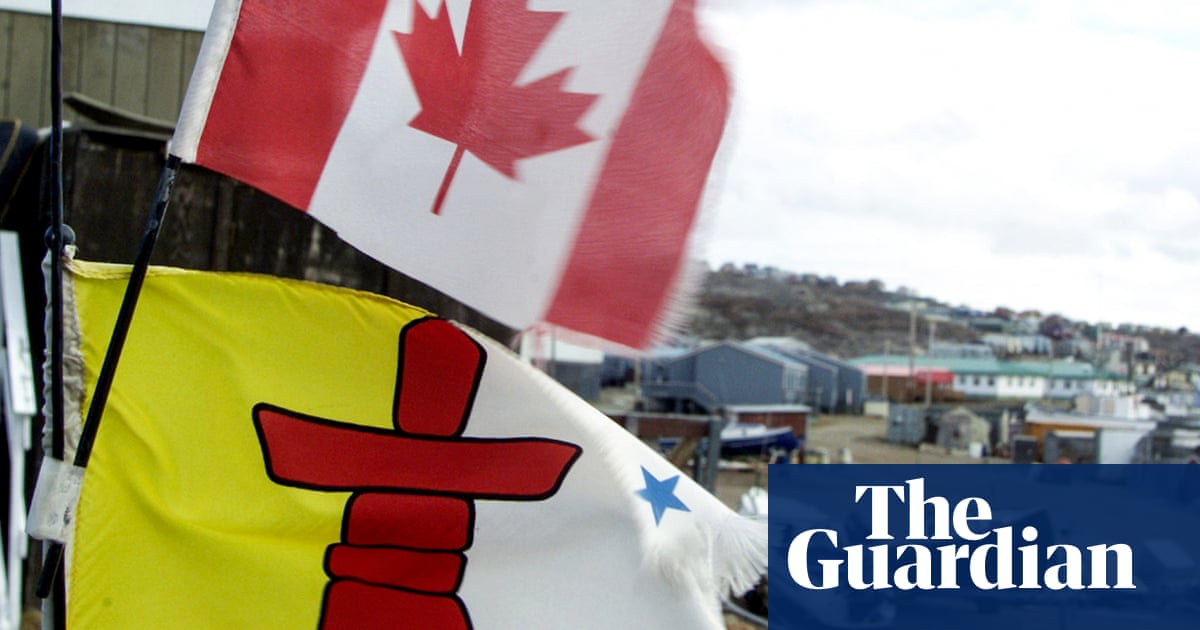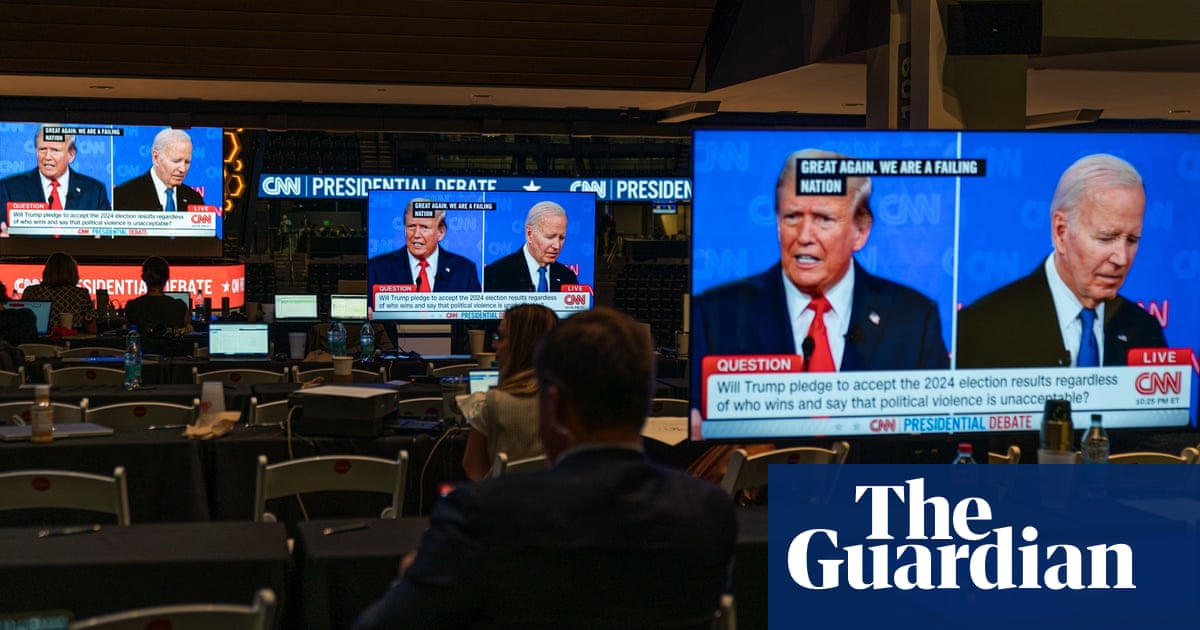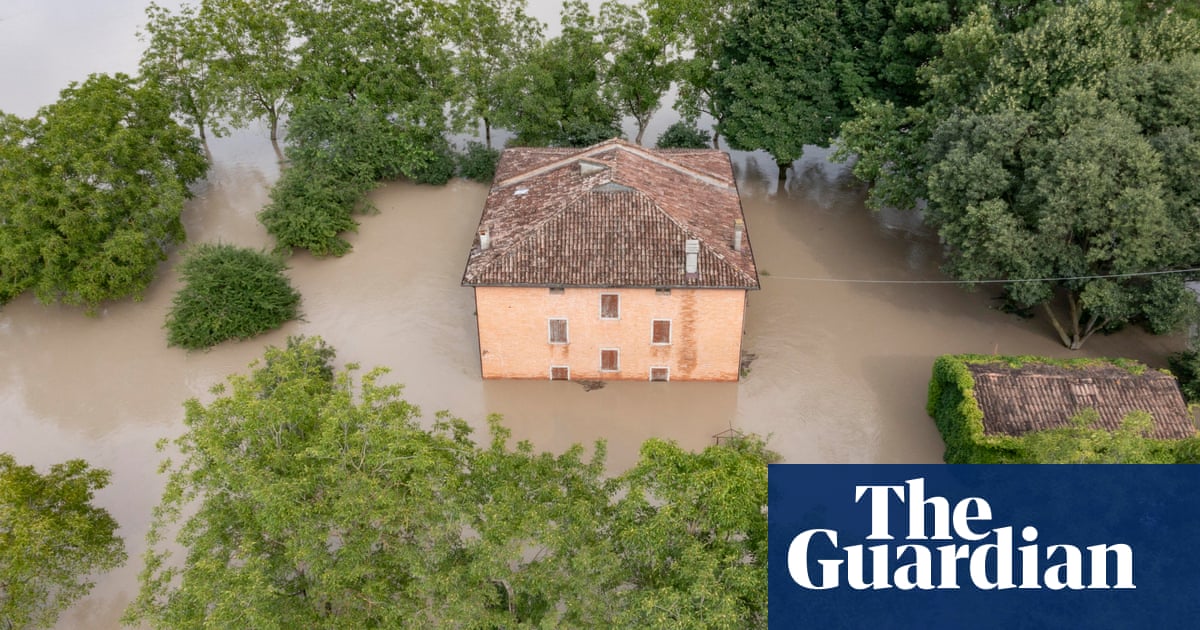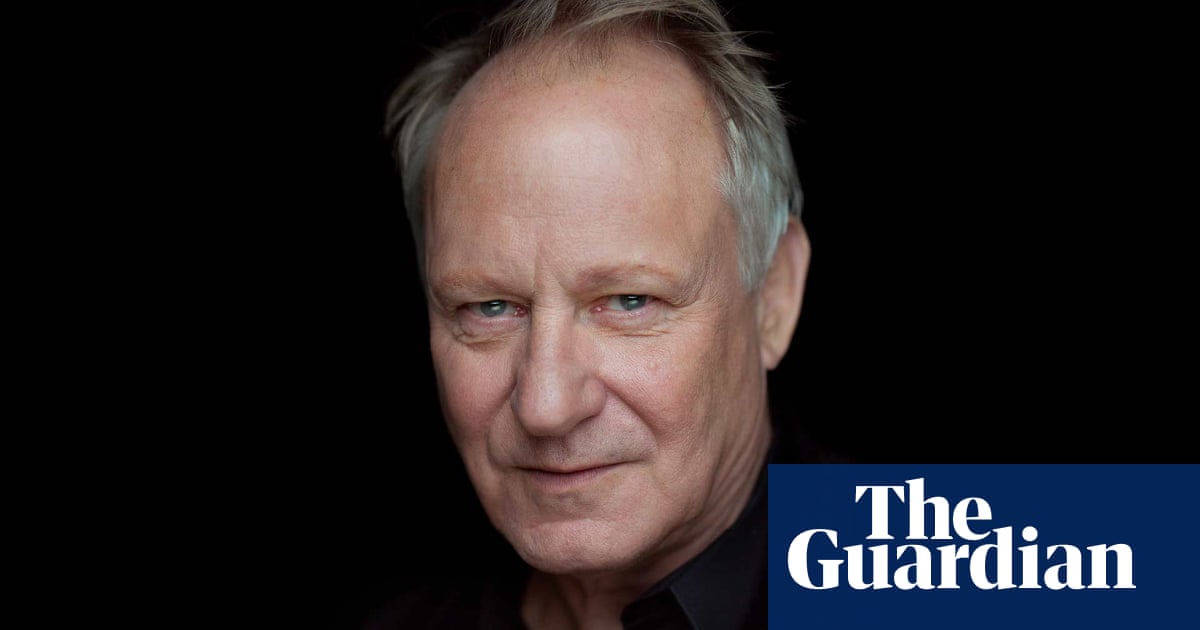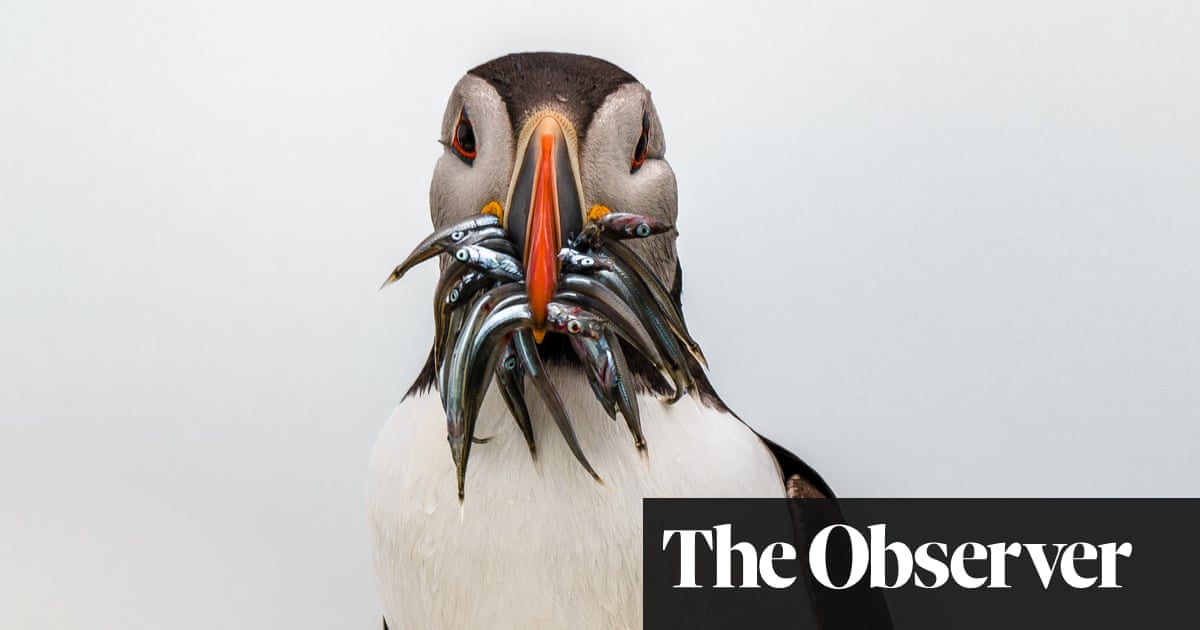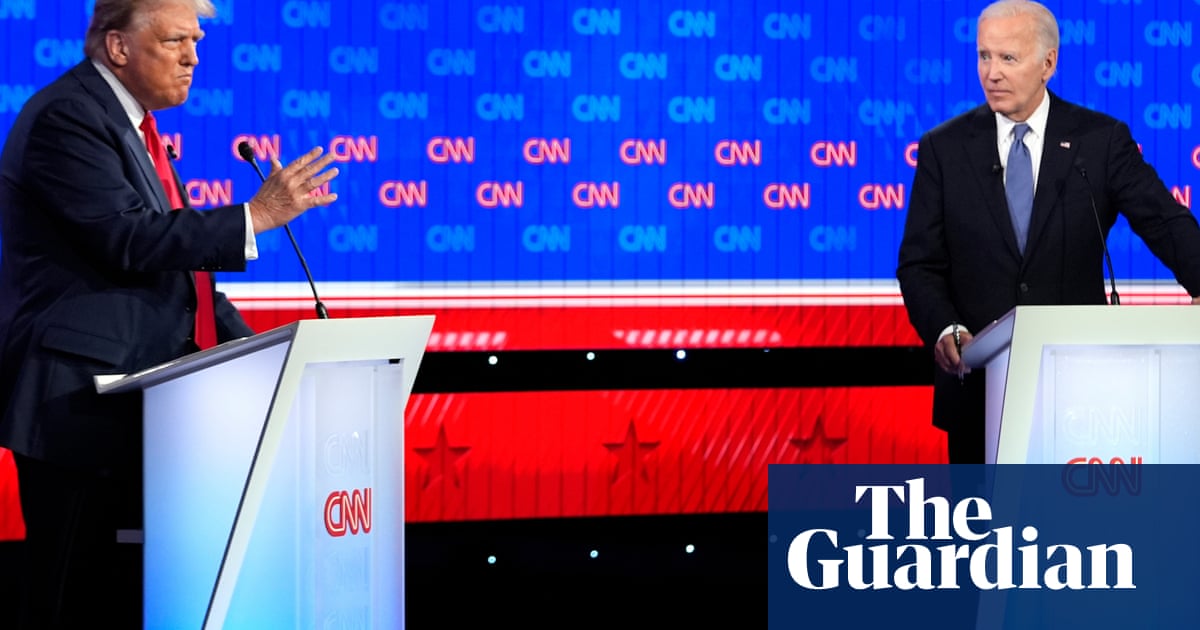In what several supporters described as a “night and day” difference from his performance in last night’s debate, President Joe Biden on Friday vowed to keep fighting against what he framed as an existential threat to America.
In his first campaign stop following the debate, Biden showed off a louder and more dynamic voice at the North Carolina state fairgrounds in Raleigh.
“I know what millions of Americans know,” Biden said. “When you get knocked down, you get back up.”
During the 15-minute speech in a sweltering building that saw at least one person faint, Biden ran through a list of issues from high-speed internet to border security, but spent a good deal of his time denouncing Donald Trump’s honesty and integrity.
“I don’t walk as easily as I used to, I don’t speak as smoothly as I used to, I don’t debate as well as I used to,” Biden said, addressing the widespread criticism of his Thursday performance. “But I know what I do know. I know how to tell the truth.”
Repeating a line from the debate, he said of Trump, his rival for the White House, “I spent 90 minutes on a stage debating a guy who has the morals of an alley cat.” Biden added: “I think he [Trump] set a new record for the number of lies told at a single debate.”
Although there was enough empty room in some of the bleachers for people to move around easily, the crowd shouted an encouraging: “Yes, you can!” when Biden began to talk about how well he could do the job of president in what would be his mid-80s.
If some in the crowd came to the rally holding their breath, many seemed relieved to see more energy from the Democratic president.
“Night and day,” said Brenda Pollard, a delegate to the Democratic national convention from Durham, North Carolina. “I mean, to me, today was who he is. And there it is, just like I just said, he’s energized by the people. Last night he didn’t have that. That’s no excuse, but I think it played a factor in it.”
Pollard was one of the Biden supporters who met the president on the tarmac when his plane landed at Raleigh-Durham international airport at about 2am Friday.
Pollard said she would not consider nominating any other candidate but Biden at the convention and had not heard any “serious” talk about doing so, despite many voters, pundits and operatives suggesting that was the Democrats’ only way forward.
Biden played to the North Carolina crowd after he was introduced by the state’s popular and outgoing Democratic governor, Roy Cooper, who at one point was himself mentioned as a possible 2024 presidential candidate.
“I want you to know, I’m not promising not to take Roy away from North Carolina,” Biden said.
One of the hallmarks of Cooper’s time in office has been his negotiation with the state’s Republican-controlled legislature to expand Medicaid coverage last year. Margaret Kimber, a grandmother from Wendell, North Carolina, gave Biden much credit for the expansion as well.
“It helps with the insurance, the supplements are fantastic,” she said while leaning against her walker after the rally. “And without them, whew!”
Pollard also said that Biden’s support of social security and Medicare were some of the most important issues for her.
after newsletter promotion
“The loans are for the next generation. That’s our future coming in,” she said. “But we’re seniors and we’ve invested in this country and we have paid in. And now we just want that. It’s not an entitlement. We paid for it. It’s ours. And President Trump wants to take it.”
Kimber said that the issues that matter most to the young people she knows are school safety and gun violence. She said she thought Trump’s focus on immigration restrictions was just an appeal to fear.
“Because people were pissed off that the borders were open, Trump is using that as a tool to scare the people of the United States, and he’s using scare tactics to make people think that if we don’t close the borders we’re going to be overrun,” Kimber said. “And we’re going to be overrun with guns and violence. And we already have guns and violence.”
Wesley Boykin, who ran as a Democrat for the state legislature in 2022 in rural Duplin county, said that education, safety and healthcare were the issues that drew him most to Biden. Boykin said that as a Black man, he felt fear when Trump was president and no longer has the same fear during the Biden administration.
Boykin also said the Raleigh speech was a welcome departure from what he called a “lackluster” performance by the president on Thursday, especially the first seven minutes.
“I concluded nine o’clock is not the appropriate time,” he said. “After he basically woke up – after that seven minutes – he was more like he was today. And I realized he didn’t get a great deal of sleep.”
Boykin and others said that economic issues were not as important to them in this campaign as issues of character. Biden hit Trump on both fronts, reusing his “morals of an alley cat” line and calling his challenger “Donald ‘Herbert Hoover’ Trump”, after the Republican president who was in office at the onset of the Great Depression.
Tina Bruner, a Democratic precinct secretary in Raleigh and mother of three school-age children, said Biden’s handling of the pandemic demonstrated both his character and what she said was his superior economic policy.
“The way Trump handled the pandemic was terrifying, and I immediately felt like we’re going to make it out of this whenever Joe took over. The vaccine rollout happened and the way school lunches were funded for everyone. I don’t think I could have counted on schoolchildren to be fed by Trump.”
“So, yes, my life definitely felt safer, my family felt safer because of Joe Biden,” she said.
